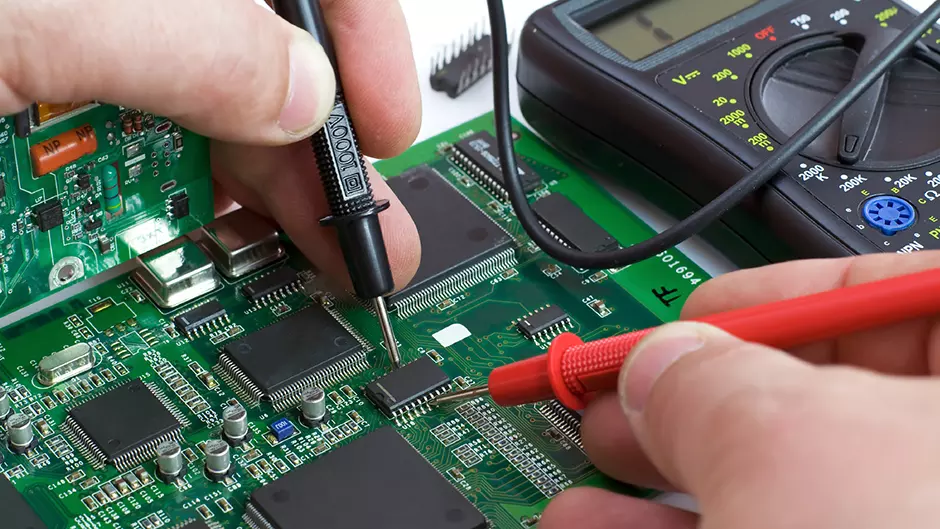Electronics to face 10 million skill gap by FY28: Teamlease

Chennai: Electronics sector will face a substantial workforce shortfall of 8 million and a skills gap affecting an additional 10 million by FY28 as new technologies become prevalent.
In FY23, India's electronics production reached $101 billion and projections indicate 25-30 per cent annual growth rate till 2030. India has also attracted Rs 1.5 trillion in semiconductor investments.
As the sector advances into high-tech domains like Artificial Intelligence (AI), the Internet of Things (IoT), and Industry 4.0 technologies, the skill gap in the sector is becoming increasingly evident, finds Teamlease.
The projections of Teamlease indicate that by FY 2027-28, the electronics sector will employ approximately 12 million people in direct and indirect roles; however, it will face a substantial workforce shortfall of 8 million and a skills gap affecting an additional 10 million.
The industry faces a dual challenge - a shortage of skilled workers and a lack of specialized technical expertise essential for advanced roles. Key areas like manufacturing, electronics design, and technical troubleshooting are particularly affected.
First, there is a clear misalignment between educational outcomes and industry requirements. Many academic programs have not kept pace with the rapid technological advancements in the electronics sector, leaving graduates without the practical skills necessary to thrive in a high-tech environment. Moreover, there is an insufficient supply of specialized technical talent, particularly in core manufacturing roles within electronics and electrical fields, where specific expertise is essential.
Finally, as the industry scales its operations and adopts advanced technologies, the demand for highly skilled workers continues to outpace supply, further exacerbating this skills gap.
In order to meet this demand, talent supply is expected to focus primarily on core, direct manufacturing roles. This supply will largely be drawn from three educational streams - electronics and electrical, ITI-qualified candidates, and other specialized technical fields.
Indirect or support roles, on the other hand, will likely rely more heavily on talent from general education streams.

